Permaculture - Soil Components: Sand and Clay (lesson 12)
PERFECT SOIL
Before starting the garden, it is worth observing the place where we will grow plants. Pay attention to sunlight, winds, irrigation, examine the history of previous crops that took place in this location, look at what plots of land in the area are used for (for example, to avoid pesticides, which, even without being used by us, can be carried away by the wind from neighbors), finally, conduct a detailed study of the soil, including its pH, amount of nutrients and minerals, clay, sand and humus content.
An ideal soil contains:
- enough sand to be permeable
- enough clay to keep plants moist
- enough lime to supply the calcium salts and accelerate the decomposition of the manure
- enough humus to supply nitrogen and other minerals
There are home soil test kits on the market but they are inaccurate. They will allow us to check only the content of nitrogen, phosphorus, potassium, and the pH of the soil. For more detailed tests, please contact a Soil Testing Station (most, if not all countries have that service, the name can slightly vary though). It is a very quick and relatively cheap procedure, so I recommend it to everyone who starts their adventure with cultivation.
How do I take a soil sample for detailed testing?
- At ten different places, dig with the shovel 20 cm deep and remove the soil from there.
- Take a spoon of sample from each shovel
- Mix ten samples thoroughly in the bucket
- Take 200-500 grams out of the bucket, pack, and send to the testing station
In the coming days, I will try to describe the individual soil elements for you, detailing the names of soil types in which a given component is in excess or deficient. Thanks to the previous lessons about minerals, after completing this block, you will be able to identify in detail what type of soil you have on your plot and adapt the crops to the nature of the soil.
Today we will describe sand (stoneware), clay, and loam, in the next lesson we will focus on hummus with a detailed description of the natural indicators of its content in the soil. The next lesson, the fourteenth, will be devoted to supplementing the information about calcium, which has already been devoted to two lessons (one with the description of mineral fertilizers, the other with the characterization of micronutrients, when we talked about how to use calcium to change the acidity of the soil), we will add a few words about microorganisms and components mineral. The last lesson in this series will be about water and air. We will describe plants that are natural indicators of wetlands and those that may indicate frequent droughts.
SOIL COMPONENTS:
Sand (sandy and silt soils)
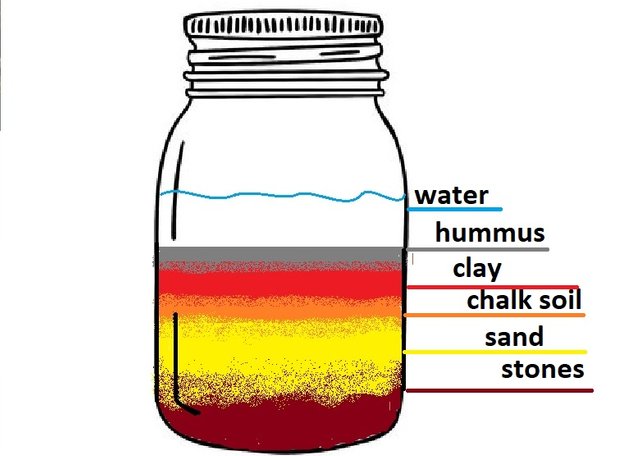 Graphic prepared by @papi.mati
Graphic prepared by @papi.mati To check the sand content in the soil, take a sample and put it in a jar of water. Allow all soil to settle down and form clear layers (this may take up to 20 days). From the layer of sand (see the picture), you can deduce how much of it is in the soil. The ideal soil contains about the same amount of clay as sand
Sand, mixed with humus in the proportion of 50-50, is the perfect mixture to use for most potted flowers
When the soil is at least 80 percent sand, we are talking about sandy soil.
Sandy soils are not good for cultivation. They dry quickly and require constant fertilization.
They should be mixed with clay and humus to get as close as possible to the ideal sandy-clay proportions. Lime is harmful to them.
The indicator of sandy soils are:
- tiny geranium
- field violet
- mallow neglected
- field pyrethrum
An exception among sandy soils is silt, swampy soils, which are characterized by an impermeable layer of soil under the top sand. This soil is constantly moist and can be improved by drainage and straw manure.
Characteristic vegetation is an indicator of silt soil:
- horsetails
- carex
- cane
- bulrushes
- knotweed
- mosses
- plantains
To keep water and nutrients in the soil, special beds can be used: dig 1m - 1.5m deep, 1m - 2m wide. Cover the bottom with branches or thick cardboard and leaves, and then cover the whole with a mixture of sand, clay, and humus. Some people use thick sheets of plastic wrap instead of branches and leaves, but I strongly recommend the organic version. Let's try to minimize the amount of plastic, both in the garden and at home. A garden bed prepared in this way requires less attention from the gardener, but you still need to be careful about overdrying the soil and deficiencies of minerals.
Clay (clay, chalk, and loam soil)
Clay helps store water and minerals that it gradually releases. if however, there is too much of it, the soil may be too hard for the roots to penetrate and may need to be loosened/aerated.
When the clay soil is completely dry, it cracks, exposing the root system of plants to drying out and mechanical damage.
Clay in combination with limestone or sand dust is called loam soil.
The clay with lumps of lime and coarse sand is chalk soil.
If sand is predominant in the mixture, it is a light clay soil, if it is clay or lime, then it is heavy clay soil. Heavy clay soils heat up, crack and dry slowly, easily accumulate water. They usually delay fieldwork. You can plow them in the fall for thick loosening, but you should not repeat this activity too often (I will write in the future about the "no-dig" method and its benefits). You can also add quicklime (the effectiveness is quite limited), fertilize generously with manure (especially horse and sheep manure), and compost. It is advisable to add marl to the soil, but only sand-lime.
Light loam soils are easily permeable to water, do not crack and crumble when dried, they heat up easily. The fertilizers used in these lands work quickly, but do not wear out immediately as in the case of sandy or calcareous soils. Very favorable soil for growing most plants.
The more sand over clay, the worse the quality of such soil, which requires more watering and fertilizing (see: sand)
Ferric clays are clay soils with a large admixture of iron. Mostly found at low altitudes, they often store water and are constantly wet. Perennial plants growing on ferric clays live to a shorter age, vegetables from these soils taste worse. All plants show reduced resistance to diseases and pests. When the soil is not very wet, it can sometimes be improved with lime
The indicator of soils rich in clay are:
- spear saltbush
- field mustard
- greater burdock
- meadow sage
Soil types
| . | Sandy (80-95% of sand) | Loam (balanced soil and sand proportions) | Clay (more clay than other ingredients together) |
|---|---|---|---|
| Disadvantages | - cools down quickly - does not protect against heat - low water capacity and absorption - requires a lot of watering - requires a lot of fertilization (leaching of minerals) | - with the right amount of humus, the soil is perfect | - medium air entrainment - it warms up slowly in spring - difficult to cultivate - requires frequent loosening |
| Advantages | + heats up quickly + very well aired + it can be cultivated in any weather | + suitable for almost all crops + good water capacity and infiltration + sufficient aeration | + very good water capacity and infiltration + sufficiently good preservation of the minerals from the fertilizers |
| What to plant? | - Asparagus - Swede - Radish - Conifers - Onion flowers | practically everything | - cherry - lilac - conifers - dogwood - currants |
| What not to plant? | - Deciduous trees - plants with high soil and water requirements, such as cabbages, cucumbers | - | The vegetable garden needs to be mixed with sand or requires raised beds |
| Ways to improve | * Enrich with compost, sometimes with manure (preferably cow's manure) on the surface all year round, preferably mixed with clay * mulch * fertilize with bentonite and mineral flour * it can be mixed with clay and humus; lime works badly for it | * mulching and standard compost enrichment * if it is necessary to supplement the level of lime, add algae lime or calcium carbonate | * loosening and covering of soil * heavy clay soils should be limed. The more sandy the soil, the less lime needs to be added |
All my lessons are shared totally for free with a CC-0 license (which means you can copy my text and share it wherever you want to, without the need to mark me as an author). I hope it will bring you joy.
Previous lessons can be read here:
Fertilizers
2 - types of manure and when to use it
3 - Compost. Basics
4 - advanced composting
Soil and minerals
9 - Nitrogen, Phosphorus, Potassium
10 - Boron, Molybdenum, Copper, Magnesium
11 - Zinc, Calcium, Iron and other elements
Thank you for reading,
@papi.mati
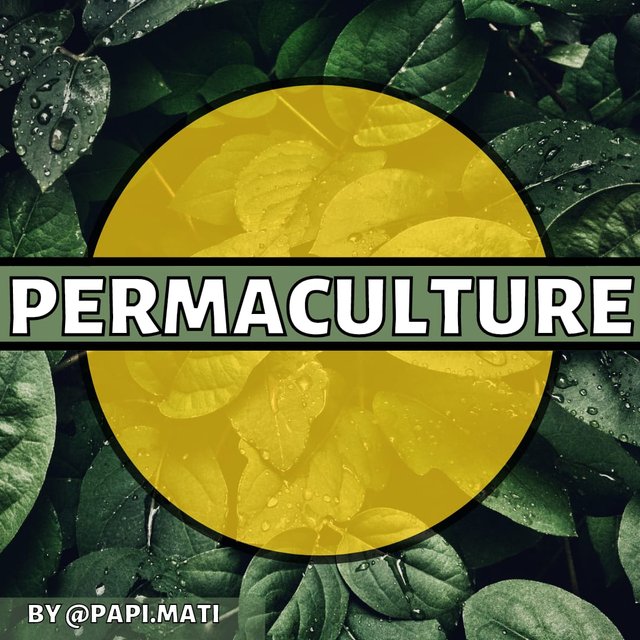.jpeg)
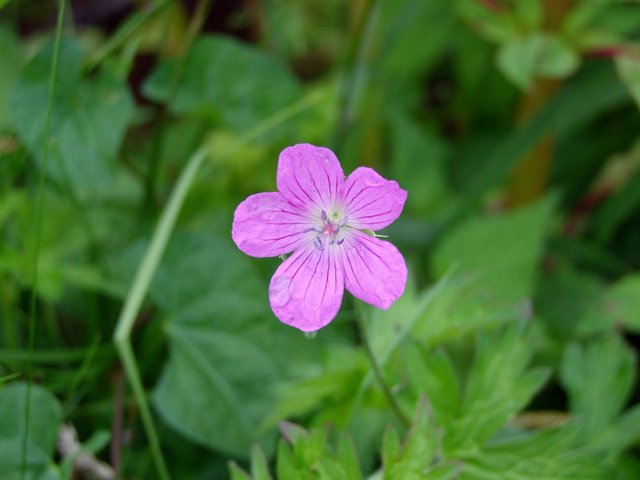
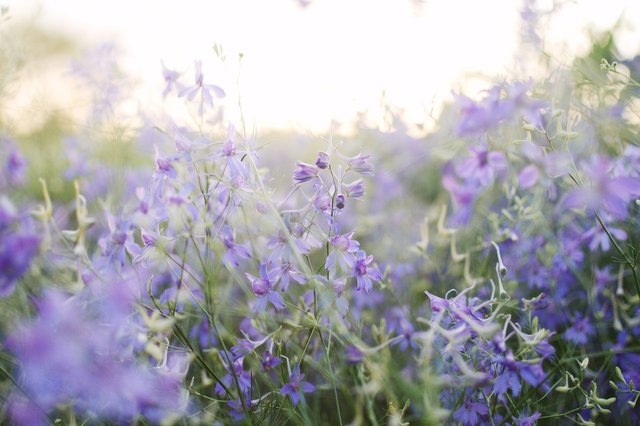
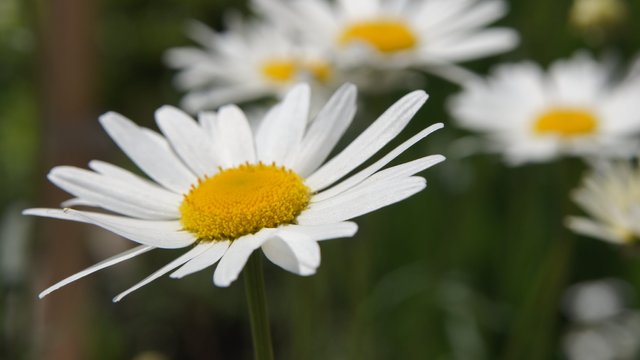
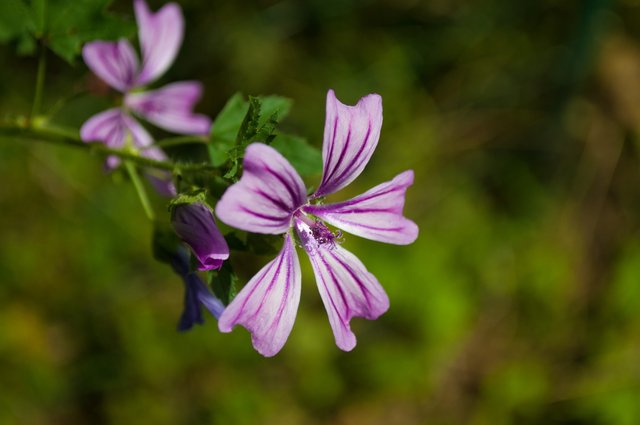

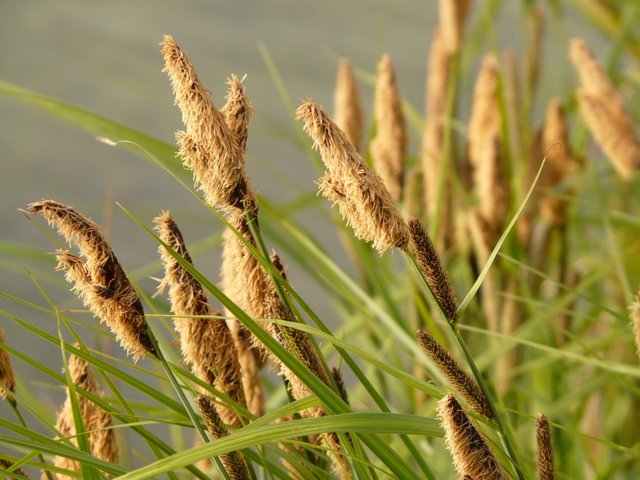

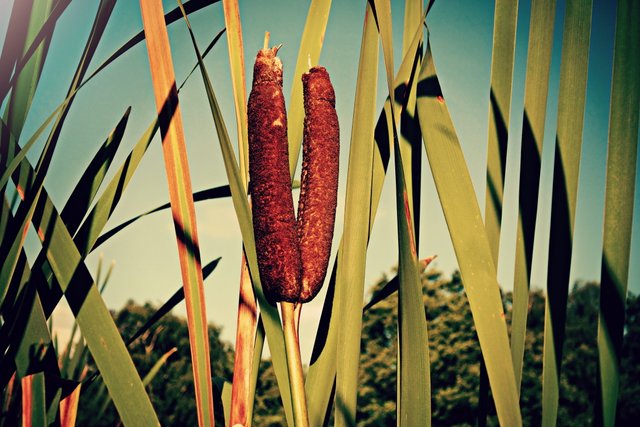
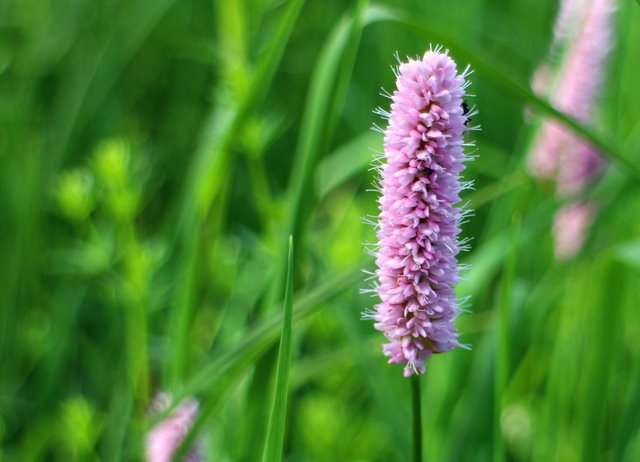

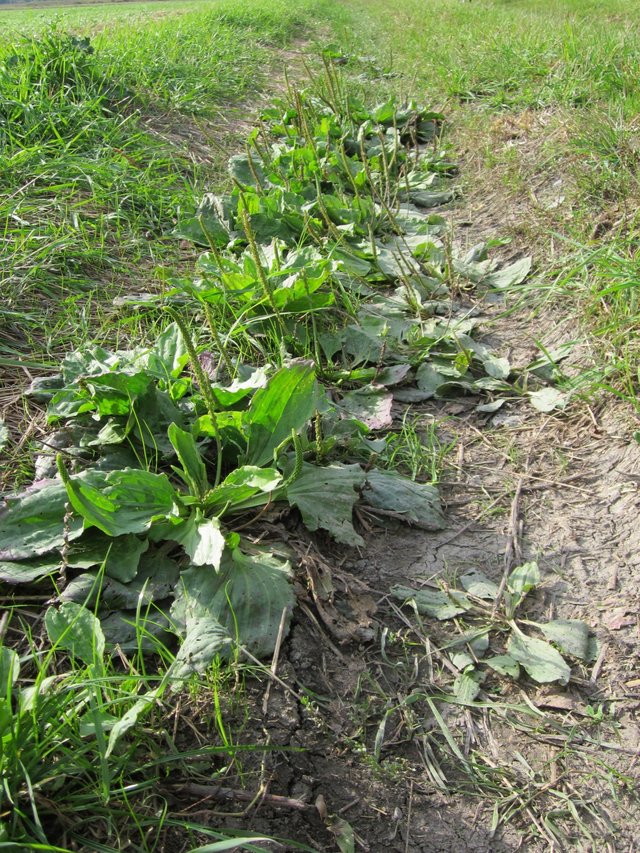
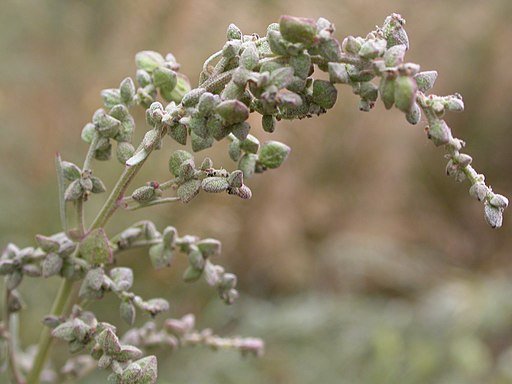
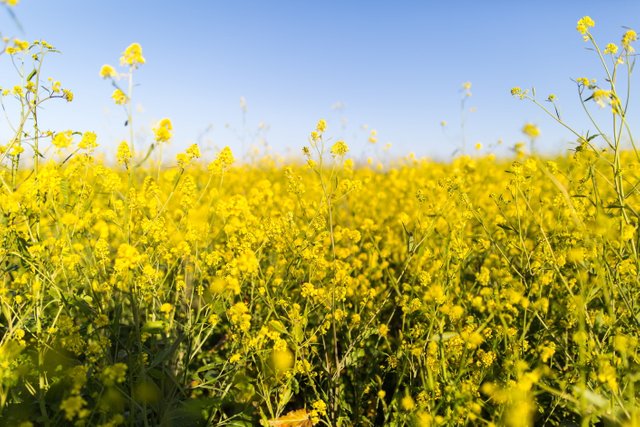
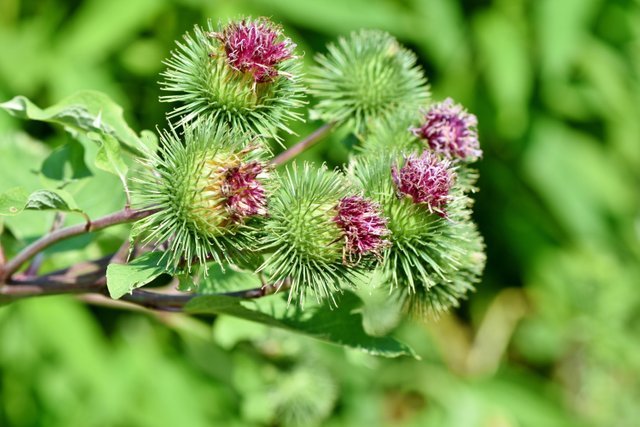
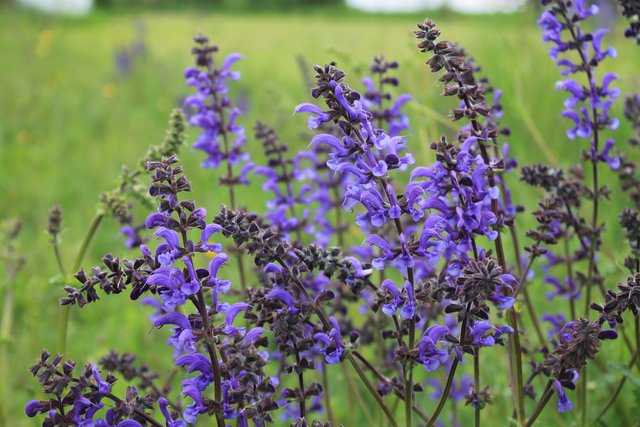
Excellent content. It is essential to know the type of soil to be sown. In my case I only grow ornamental plants, the soil in my patio is sandy, but I keep it moist.
I understand why some vegetables have a different taste than usual, for example here in Venezuela many people do not pay attention to what type of land they are planting.
#affable
Thank you for your comment!
Yes, that kind of things may seem to be not important but the clue to become a good gardener is to know what we are working with, understanding the tools and circumstances. It helps a lot in findind the solution in case of any problems.
All the best for you!
Thanks so much for useful and informative post upload.
Good luck
Thank you for the comment